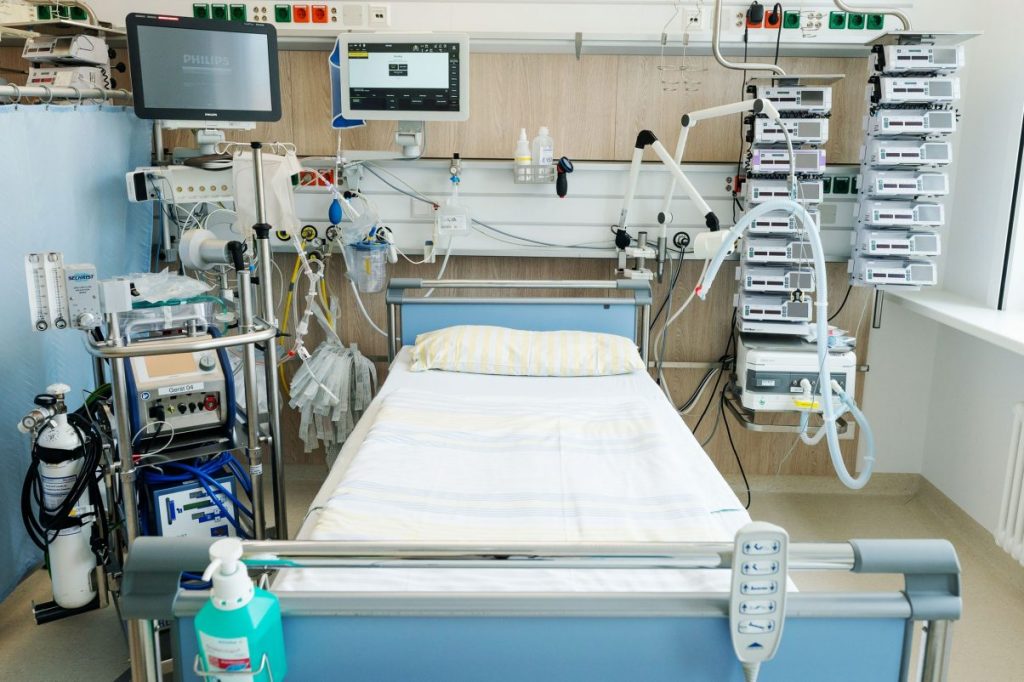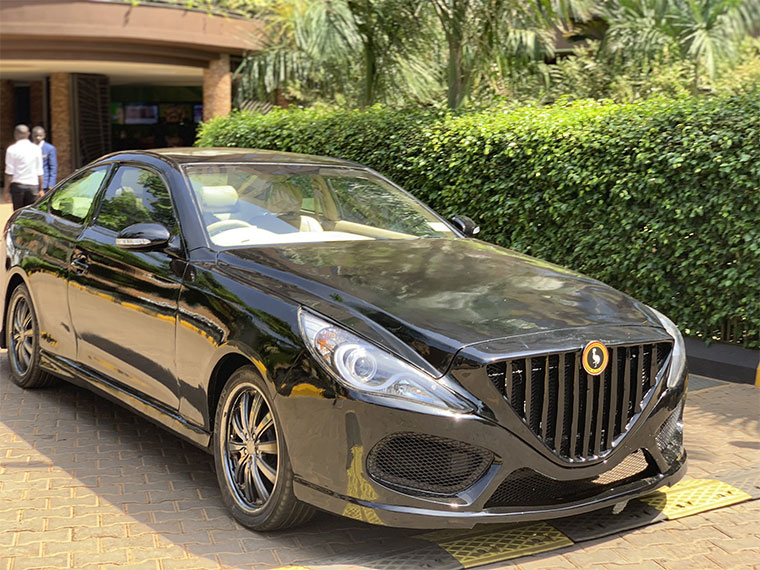
Intellectual property (IP) protection has been deemed critical for protecting Uganda’s proprietary designs, processes, and inventions that, if leaked to competitors or made public, could ruin the country’s market advantage across the world.
This call was made at the 2nd Higher Education Partnerships in Sub Saharan Africa (HEPSSA) workshop at Makerere University in Kampala on Friday 29th January, 2021.
The HEPSSA project, supported by the Royal Academy of Engineering (UK), aims to support the enrichment of engineering programmes that will lead to development of skills for the much needed engineering capacity in the region while the Uganda Registration Services Bureau (URSB) is the Government agency mandated with the registration and protection of intellectual property rights across the country.
The Universities in attendance were Makerere University, Mbarara University of Science & Technology, Busitema University, Kyambogo University and Ndejje University.
According to the World Intellectual Property Organization (WIPO), intellectual property refers to “creations of the mind: inventions, literary, and artistic works, and symbols, names, images, and designs used in commerce. IP is divided into two categories: industrial property, which includes inventions (patents), trademarks, industrial designs, and geographic indications of source; and copyright, which includes literary and artistic works such as novels, poems and plays, films, musical works, artistic works such as drawings, paintings, photographs and sculptures, and architectural designs. Rights related to copyright include those of performing artists in their performances, producers of phonograms in their recordings, and those of broadcasters in their radio and television programs.”
Speaking at the Workshop, James Tonny Lubwama, the Manager, Patents & Industrial Designs at URSB emphasized that universities in Uganda were creating engineers who are at the front line of innovation. To tap this potential, URSB has worked on partnerships with engineering and arts faculties across higher institutions of learning as a means of supporting and enhancing knowledge on the subject of intellectual property for young creators. ‘As creators, engineers often share intimate details of their clients’ designs, materials, products, and processes, which are always highly confidential work. Other scientists, however, are more interested in focusing on the technology and don’t always realize the finer points of protecting IP. As URSB, we are open to helping our innovators have their creations fully protected so that they can enjoy the benefits from their proprietary works and designs’ Lubwama said
Drawing attention to some of the outstanding creations from universities, like the Vehicle Design Project at Makerere University that resulted into the creation of the Kiira EV car, Lubwama said such projects can only succeed if they fully protect their innovations right from the start in order to enjoy their proprietary rights.

“Enthusiastic innovators are often under pressure to give presentations at research workshops about the research and development they have completed,” Lubwama added. “If any of these public disclosures include a discussion on something that a young engineer wishes to patent, a patent application should be filed with URSB before such disclosures occur. They must be vigilant about not sharing any conceivable IP before patent application occurs, or discussing it with other engineering colleagues or friends”
To support innovation across universities, URSB has over the years been involved in theTechnology & Innovation Support Centres (TISC) project, an initiative of the World Intellectual Property Organization (WIPO) that aims to improve the quality of research by ensuring that researchers have free access to high quality information mostly available through patent and non-patent databases. The TISC project also aims to ensure that the Intellectual Property created from research is appropriately protected through proper licensing, commercialization and management.
